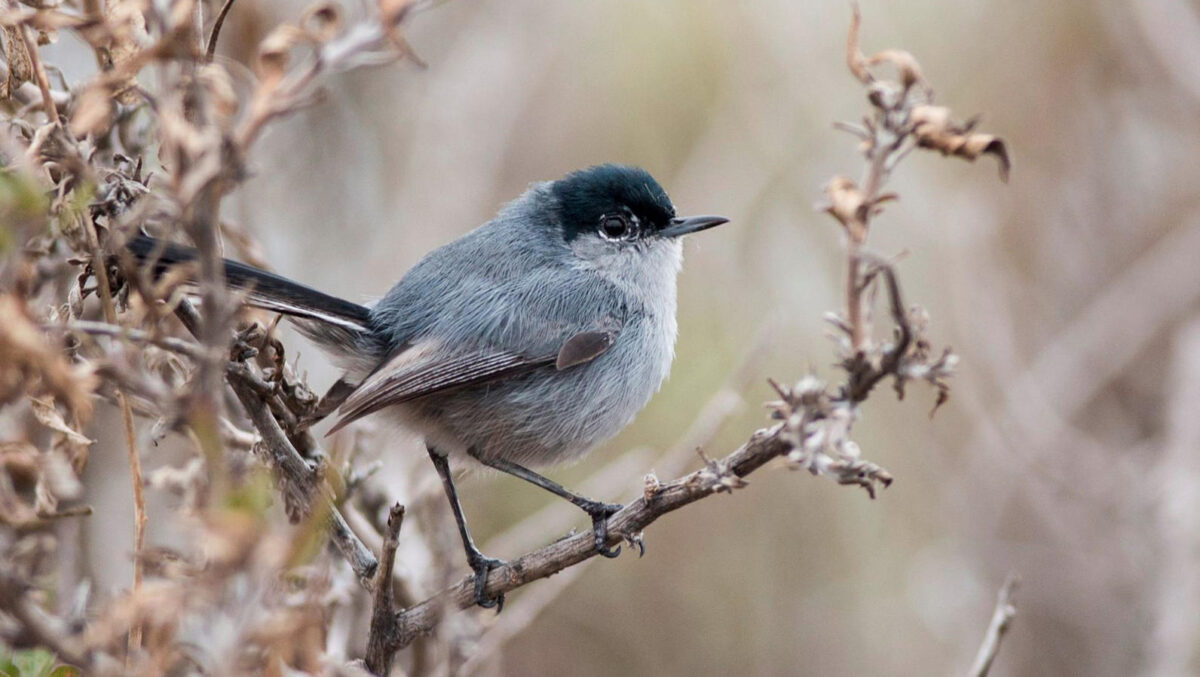COASTAL CALIFORNIA GNATCATCHER
Polioptila californica
 Ⓒ Audubon
Ⓒ Audubon
Status: Federally Threatened; CA State Species of Special Concern
Recovery Permit Required for Surveys? Yes
Range: Southern California
The Coastal California Gnatcatcher (CAGN) is a resident (non-migratory) bird that is native to Southwestern California and Baja California, found in coastal sage scrub habitat. SummitWest employees have a combined 15 years of experience surveying for the coastal California gnatcatcher, and hold the USFWS recovery permit required to conduct protocol presence/absence surveys.
SUITABLE HABITAT
The coastal California gnatcatcher can be found from southern California to southern Baja California, Mexico. They generally prefer open, coastal sagebrush scrub with California sagebrush (Artemisia californica) as a dominant or co-dominant species. They can also be found in areas dominated by black sage (Salvia mellifera), white sage (Salvia apiana), California buckwheat (Eriogonum fasiculatum). According to the USFWS survey protocol, “California gnatcatchers also use chaparral, grassland, and riparian plant communities where they occur adjacent to or intermixed with sage scrub. The majority of plant species found in sage scrub are low-growing, drought-deciduous shrubs and subshrubs”. (USFWS)
BIRD CHARACTERISTICS
California gnatcatchers are little gray birds that fly low and flit around in the scrub. They almost never go into trees and usually stay below 8’ from the ground. While little and gray, males do have a distinctive black cap (more apparent during breeding season) and make a zippy, mewing call. This can often be confused for the sound of wrentits or other small bush-dwelling birds making their scolding calls.
California gnatcatcher can be distinguished from the very similar blue-gray gnatcatcher in that blue-grays will nest in trees and take longer, bigger above ground flight patterns, whereas the California gnatcatcher stays low and nests exclusively in shrubs.
SURVEY SEASON
Per the USFWS California gnatcatcher survey guidelines, surveys are most typically conducted between the dates of March 15 through June 30, for a minimum of 6 surveys are conducted at least one week apart, for all areas outside of the NCCP. For areas participating within the NCCP, a minimum of 3 surveys are conducted at least one week apart, and can be done between the dates of February 15 and August 30. Surveys outside of the breeding season can be conducted (from July 1 through March 14), but a minimum of 9 surveys conducted at least 2 weeks apart is required. Read more the USFWS required survey season here.

